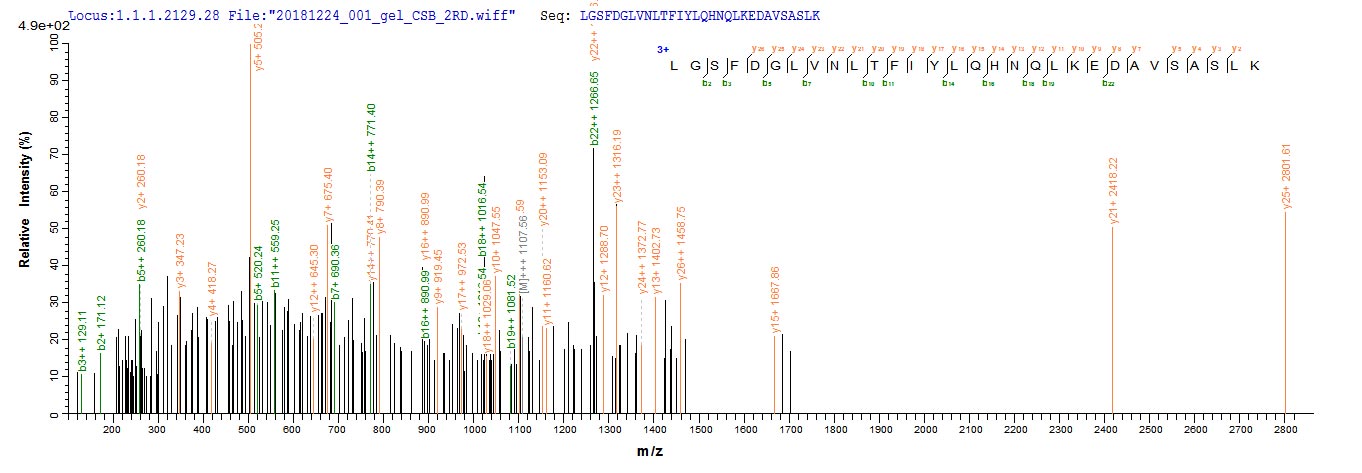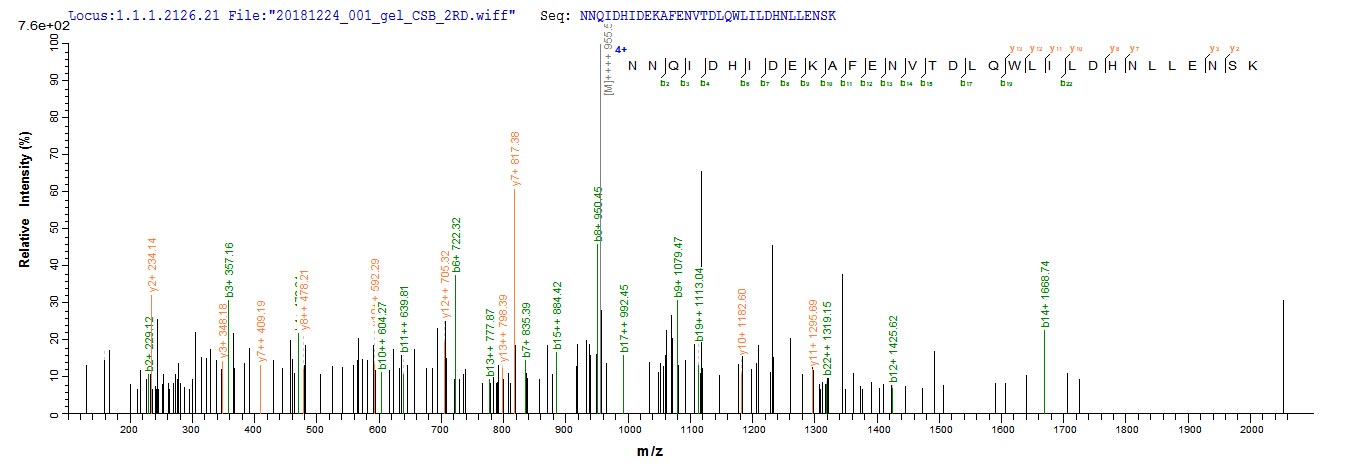The synthesis of the recombinant plasmid containing the gene encoding the Mouse Lum protein (19-338aa) is the first step to produce the recombinant Mouse Lum protein. After that, the recombinant plasmid is transformed into e.coli cells. e.coli cells capable of enduring a specific antibiotic are selected, demonstrating successful uptake of the recombinant plasmid. The e.coli cells containing the recombinant plasmid are cultured under conditions that encourage the expression of the gene of interest. A N-terminal 10xHis tag and C-terminal Myc tag is linked to the protein. Following expression, affinity purification is employed to isolate and purify the recombinant Mouse Lum protein from the cell lysate. Denaturing SDS-PAGE is applied to resolve the resulting recombinant Mouse Lum protein, indicating a purity level exceeding 85%.







